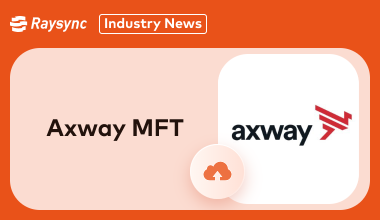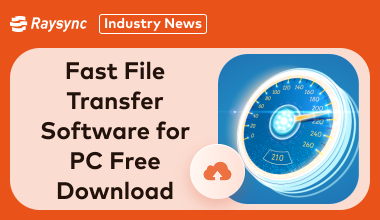Filter News

Raysync News
September 11, 2023Raysync, a leading provider of high-performance file transfer solutions, has announced a strategic partnership with Red Hat, the world-renowned open-source software and solutions provider.

Industry news
December 6, 2024Uncover the strengths and weaknesses of Oracle Managed File Transfer. This in-depth review examines its features, performance, and security capabilities to help you make an informed decision.

Industry news
December 6, 2024Discover how Tibco Tibco managed file transfer can enhance your file transfer operations. This comprehensive overview highlights its features to optimize your business processes.

Industry news
December 6, 2024Discover how Axway MFT can streamline your file transfer processes. This in-depth review highlights its key capabilities, security features, and performance advantages.

Industry news
December 6, 2024Learn how to effortlessly set up a Chrome FTP server. This step-by-step guide will walk you through the entire process.

Industry news
November 27, 2024Find the best fast file transfer software for PC free download! Discover tools for blazing-fast transfers, secure backups, and seamless data migration for individuals and businesses.
![Best Review of Quick Online FTP [Lasted Update]](http://images.ctfassets.net/iz0mtfla8bmk/67UWys1MyFykvrOMsElYP0/c39b25a00b812d70a1b3b022137fa9a0/quick-online-ftp.png)
Industry news
November 27, 2024Uncover the strengths and weaknesses of Quick Online FTP. Learn about its user interface, security features, and file transfer speeds.

Industry news
November 27, 2024Delve into the world of AWS File Transfer in 2025. Explore its features, pricing, and ideal use cases. Discover if it's the right solution for your file transfer needs.

Industry news
November 27, 2024Discover the top 3 copy files faster software to accelerate your file transfer speeds on Windows. Optimize your workflow with these powerful tools.

Industry news
November 15, 2024Understand the importance of SQL and FTP backups in safeguarding your critical data. Explore best practices and tools to implement a robust backup solution.

